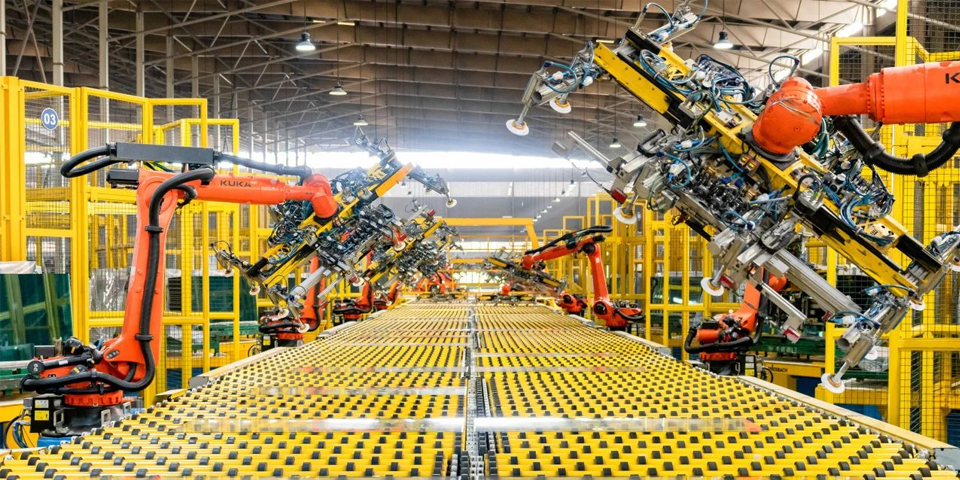Blog
Has China’s industrialization prevented the industrialization of developing countries?

China has essentially blocked the industrialization path for other countries. Although it’s not something we actively intended, objectively, this is the reality. Other countries want to follow China’s industrialization model, but there’s no way for them to do it. Why?
The first reason is that they lack cheap and abundant industrial electricity. How large is China’s industrial electricity scale? Right now, China’s industrial electricity capacity is five times that of the United States and twice that of the entire G7. This means that if China’s high-end industries continue to grow, China’s industrial output could potentially be twice the size of the G7 combined, representing more than half of the world’s total industrial output. In other words, China and the G7 together will account for 75% of the industrial market share, leaving only 25% for the rest of the world. So, how can other countries industrialize? To compete with China in industrial electricity, other countries need to rely on thermal, nuclear, hydro, and wind-solar power.
In terms of thermal power, China has reached an agreement with Japan, South Korea, and Western countries to no longer export coal-fired power projects. Russia may still have supercritical thermal power plants, but it’s currently unable to provide them due to technological limitations. This means that other countries technically can no longer build cheap new coal-fired power plants. As for nuclear power, due to the anti-nuclear stance in many developing countries, coupled with operational technical limitations, it’s not something that can be widely implemented without significant risks. Hydro, wind, and solar power technologies are most advanced in China, but without thermal or nuclear power to support them, green energy alone cannot provide stable supply, creating a vicious cycle. Of course, they could buy China’s energy storage equipment, but there’s another problem: electricity is currently very expensive, and ultimately, it would be more expensive than in China, making electricity costs higher than China’s.
Second, there’s the issue of the entire industrial chain competition. A survey in the United States found that many companies moving out of China face the problem that either the new locations do not have the same level of infrastructure as China, or they still rely on China’s infrastructure, which ultimately drives costs up. Regarding China’s exports, especially in terms of exports, 2/3 are from private enterprises, giving them a natural competitive advantage and eliminating the strong drive for foreign companies to shift production to other countries. Without this influx of foreign investment, it is difficult for other countries to build up an industrial chain. I often criticize short-sighted companies for helping India build a mobile phone industry chain, because not only did they invest, but they also pressured domestic suppliers to join in; otherwise, the Indians would never have been able to build it so easily. If it weren’t for Chinese companies, Samsung and Apple would have taken much longer to establish such industries, and they would still be in Vietnam.
Third, there is no massive homogeneous domestic market to support it. China is the only industrialized country in the world with a population of over one billion. We have a huge domestic market. Enterprises can easily find the right fit for innovation, and once scaled up, they can supply the entire world. As long as they get the Chinese market right, they’re naturally in the top 500 global companies. Many state-owned enterprises are examples of this. For many companies, as long as they succeed domestically, they’re almost invincible abroad. For example, some of our car companies may not have much presence in China, but they’re like a dragon crossing the river in foreign markets because they’ve already outcompeted others in China, making them much more competitive.
Fourth, with AI technology advancing, leading countries may be able to solve the manufacturing cost issue, making it difficult for other countries to develop their manufacturing industries through the old model of industrial transfer. If AI is integrated with production lines, leading to fully automated production, it will essentially be China’s domain.
So, these key characteristics determine that other countries will find it hard to learn from China and can’t find a viable industrialization path. Essentially, their paths are blocked.
